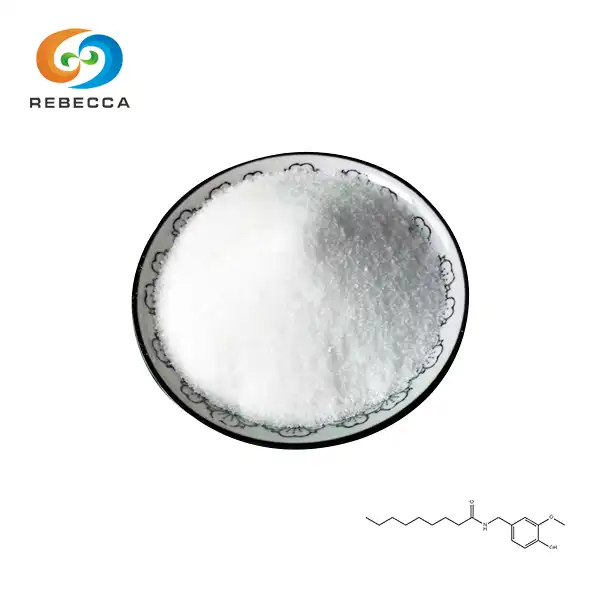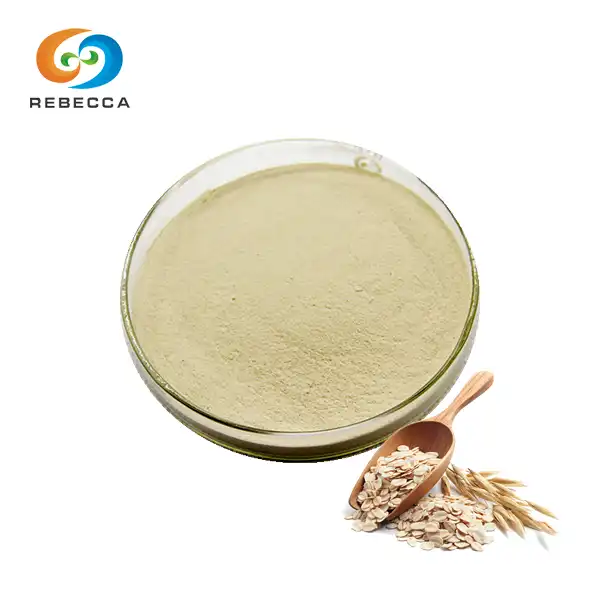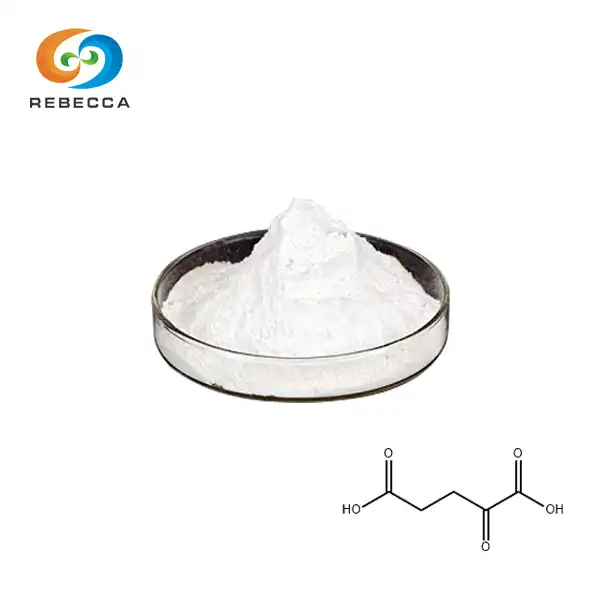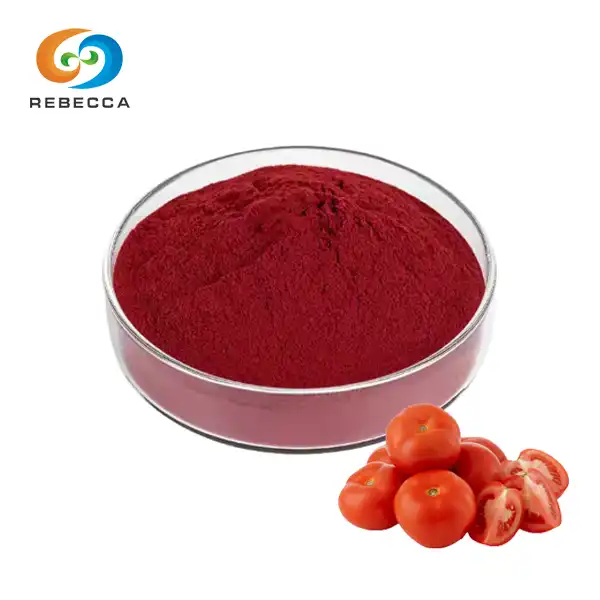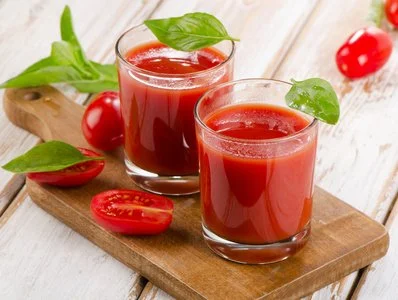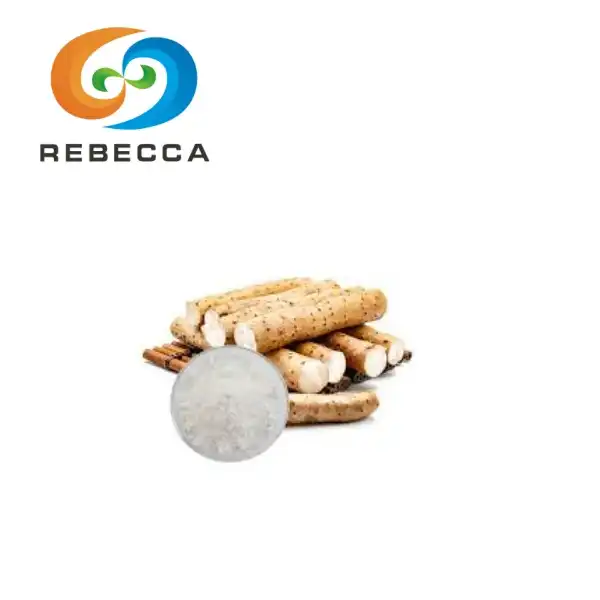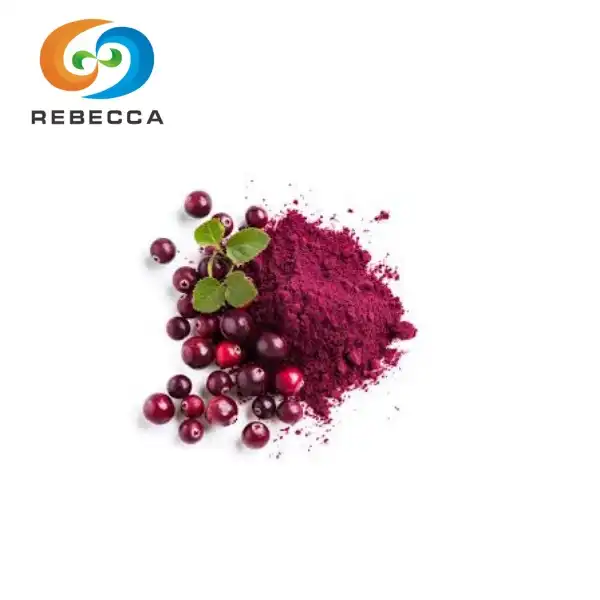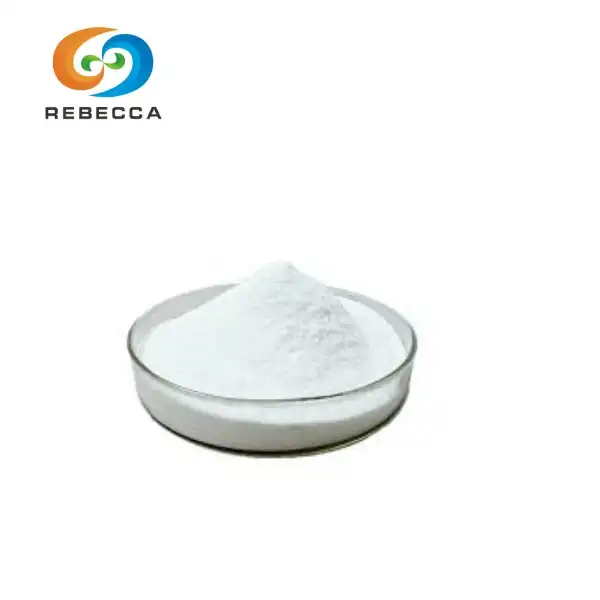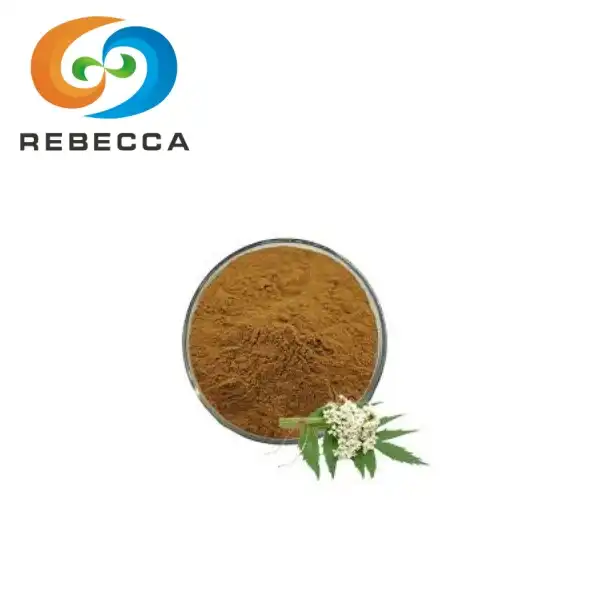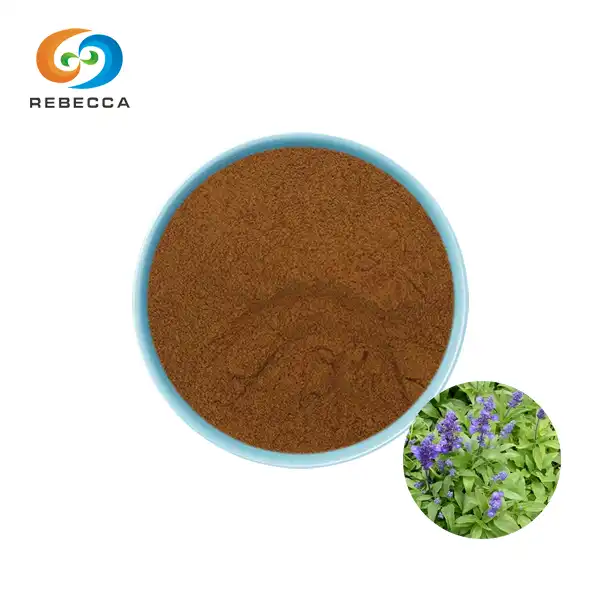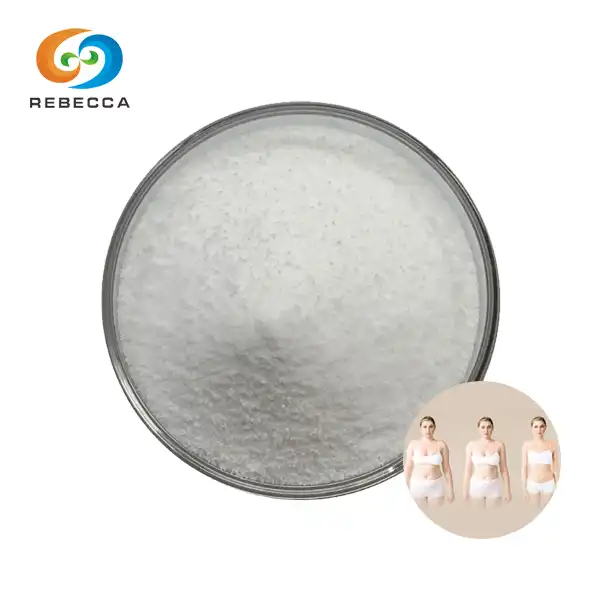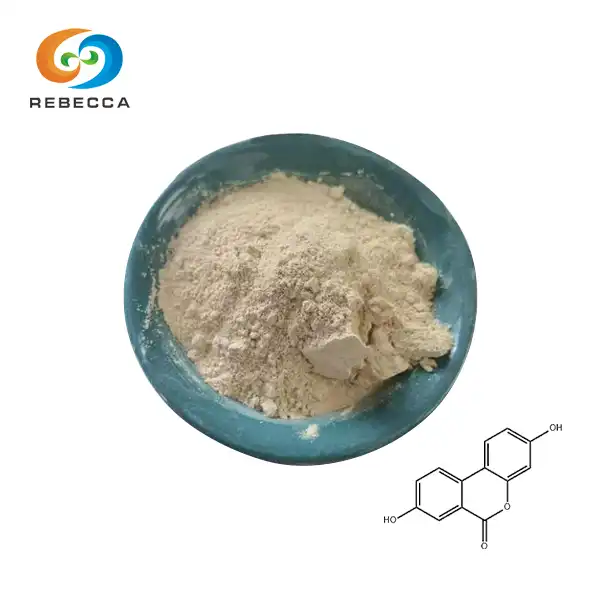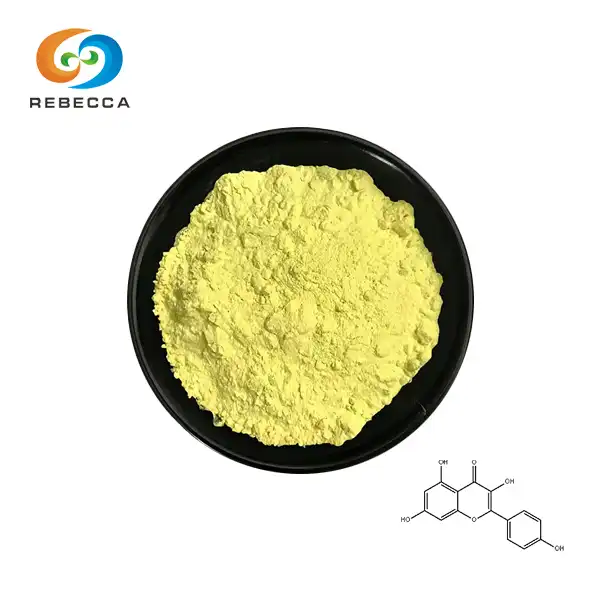Top 5 Lycopene-Rich Fruits and Vegetables
While many people associate lycopene primarily with tomatoes, several other fruits and vegetables are excellent sources of this beneficial compound. Let's delve into the top five lycopene-rich foods you should consider incorporating into your diet:
Tomatoes: The Lycopene Powerhouse
Tomatoes reign supreme as the most well-known and abundant source of lycopene. These versatile fruits contain impressive amounts of this antioxidant, with concentrations varying depending on the variety and ripeness. Cooked tomato products, such as tomato sauce, paste, and juice, offer even higher lycopene content due to increased bioavailability.
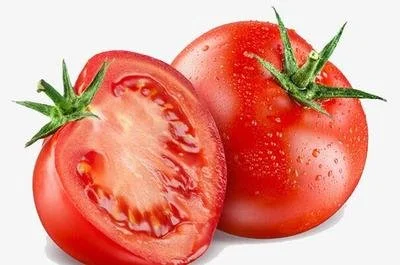
Watermelon: A Refreshing Lycopene Source
Watermelon is a delightful summer fruit that not only quenches your thirst but also provides a significant dose of lycopene powder. The pink flesh of watermelon contains this potent antioxidant, making it a refreshing and nutritious addition to your diet. Enjoying a slice of watermelon can be an enjoyable way to boost your lycopene intake.
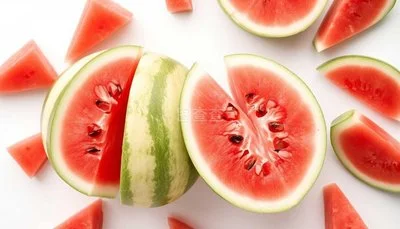
Pink Grapefruit: Tangy and Nutritious
Pink grapefruit is another excellent source of lycopene, offering a tangy and slightly bitter flavor profile. This citrus fruit not only provides lycopene but also delivers a host of other beneficial nutrients, including vitamin C and fiber. Incorporating pink grapefruit into your breakfast routine or as a snack can contribute to your daily lycopene intake.

Papaya: Tropical Lycopene Goodness
Papaya, with its vibrant orange-red flesh, is a tropical fruit rich in lycopene. This exotic fruit offers a unique flavor and a soft, buttery texture, making it a delightful addition to your diet. Papaya can be enjoyed fresh, added to smoothies, or used in various culinary applications to increase your lycopene consumption.
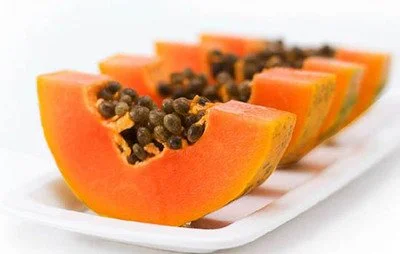
Guava: An Underrated Lycopene Source
Guava, often overlooked in discussions about lycopene-rich foods, is actually an excellent source of this antioxidant. This tropical fruit boasts a sweet-tart flavor and a soft, edible rind. Incorporating guava into your diet can provide a diverse range of nutrients, including lycopene, vitamin C, and dietary fiber.

Surprising Non-Tomato Sources of Lycopene
While tomatoes and the aforementioned fruits are well-known for their lycopene content, several unexpected sources can help diversify your intake of this beneficial compound. Let's explore some surprising non-tomato sources of lycopene:
Red Bell Peppers: A Crunchy Lycopene Option
Red bell peppers, known for their crisp texture and sweet flavor, are an unexpected source of lycopene powder. These vibrant vegetables not only add color to your dishes but also contribute to your lycopene intake. Incorporating red bell peppers into salads, stir-fries, or as a crunchy snack can boost your antioxidant consumption.
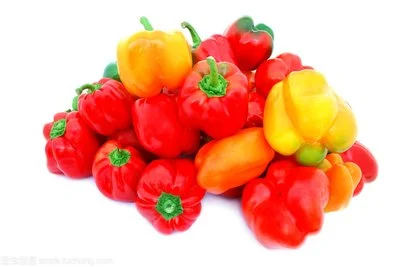
Asparagus: A Unique Lycopene Vegetable
Asparagus, particularly the purple variety, contains lycopene in modest amounts. While not as concentrated as in tomatoes, the lycopene in asparagus adds to its nutritional profile. Enjoying this versatile vegetable can provide a range of health benefits, including a small boost to your lycopene intake.
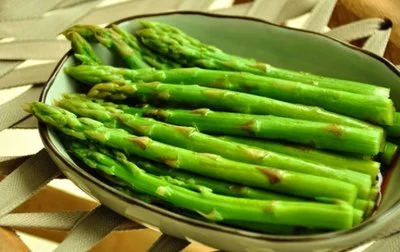
Red Cabbage: A Colorful Lycopene Addition
Red cabbage, with its vibrant purple hue, contains lycopene along with other beneficial compounds. This cruciferous vegetable offers a crunchy texture and a slightly peppery flavor, making it a great addition to salads, slaws, and stir-fries. Incorporating red cabbage into your meals can contribute to your overall lycopene consumption.
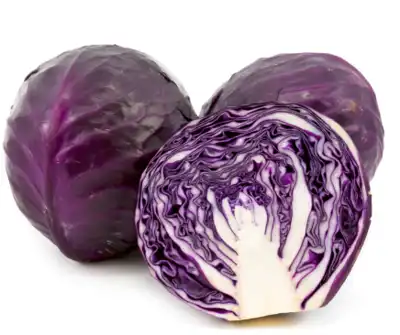
Carrots: Not Just for Beta-Carotene
While carrots are primarily known for their beta-carotene content, they also contain small amounts of lycopene. Red carrots, in particular, offer higher concentrations of this antioxidant. Adding carrots to your diet not only provides lycopene but also delivers a range of other beneficial nutrients.
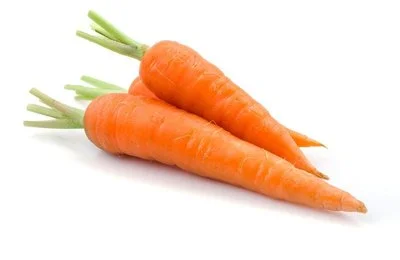
Sweet Potatoes: A Surprising Lycopene Source
Sweet potatoes, especially those with deep orange or red flesh, contain lycopene in addition to their well-known beta-carotene content. These versatile tubers can be prepared in numerous ways, offering a delicious method to increase your lycopene intake while enjoying their natural sweetness.
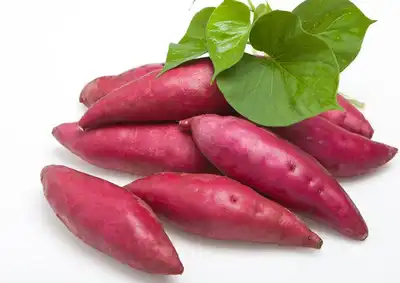
Maximizing Lycopene Absorption Through Cooking Methods
Understanding how to maximize lycopene absorption is crucial for reaping the full benefits of this powerful antioxidant. The way you prepare and consume lycopene-rich foods can significantly impact its bioavailability. Let's explore some effective cooking methods and tips to enhance lycopene absorption:
Heat Processing: Unlocking Lycopene's Potential
Heat processing, such as cooking or canning, can increase the bioavailability of lycopene in foods. This process breaks down cell walls, making the lycopene more accessible for absorption by the body. For instance, cooked tomato products like tomato sauce or paste often provide more readily absorbable lycopene than raw tomatoes.
Pairing with Healthy Fats
Lycopene powder is a fat-soluble compound, meaning it's best absorbed when consumed with a source of dietary fat. Pairing lycopene-rich foods with healthy fats like olive oil, avocado, or nuts can enhance its absorption. For example, drizzling olive oil over a tomato salad or adding avocado to a lycopene-rich dish can improve nutrient uptake.
Chopping and Pureeing
Mechanical processing, such as chopping or pureeing, can increase the bioavailability of lycopene. This method breaks down cell walls, similar to heat processing, making the lycopene more accessible. Preparing tomato-based sauces or soups by pureeing the ingredients can be an effective way to boost lycopene absorption.
Proper Storage Techniques
Proper storage of lycopene-rich foods is essential to preserve their nutritional value. Store tomatoes and other lycopene-rich fruits at room temperature until ripe, then refrigerate to maintain freshness. Avoid exposure to excessive light or heat, as these factors can degrade lycopene content over time.
Combining Lycopene Sources
Incorporating a variety of lycopene-rich foods in your diet can provide synergistic benefits. Different foods contain varying concentrations and forms of lycopene, as well as other beneficial compounds. Combining multiple sources, such as tomatoes, watermelon, and red bell peppers, can offer a more diverse nutrient profile and potentially enhance overall absorption.
Conclusion
Lycopene powder is a powerful antioxidant found in various fruits and vegetables, with tomatoes being the most well-known source. By incorporating a diverse range of lycopene-rich foods and employing proper preparation methods, you can maximize the absorption and potential health benefits of this valuable nutrient. Remember, a balanced diet rich in colorful fruits and vegetables is key to obtaining a wide array of essential nutrients, including lycopene.
For more information about lycopene and its benefits, or to explore high-quality lycopene powder products, please contact us at information@sxrebecca.com. Our team of experts is ready to assist you in making informed choices for your health and wellness journey.
_1730691017423.webp)

